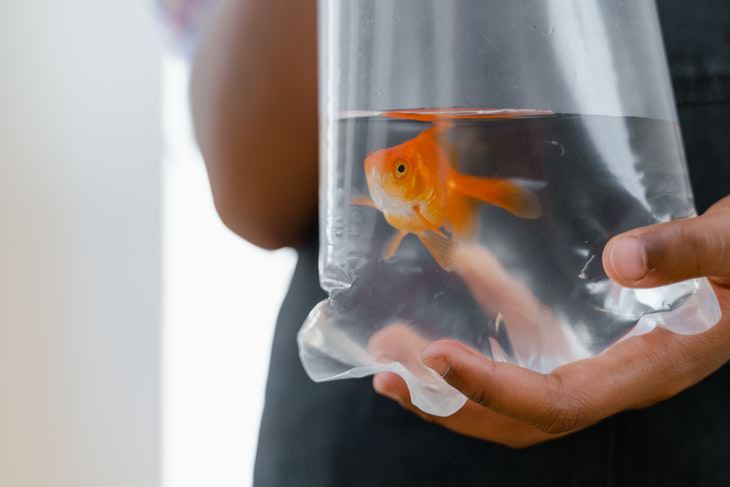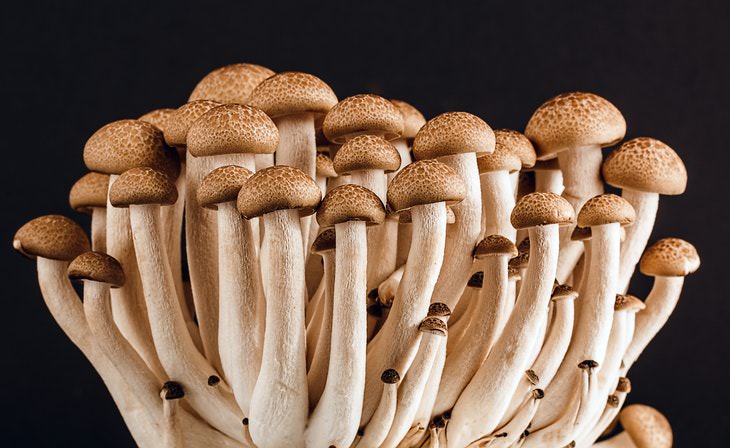Doctors have it all figured out - for the most part. They know exactly what to do when a patient shows up with a broken arm, food poisoning, or a rarer and more complicated health condition. But like any science, medicine is ever-evolving and continuously facing new challenges, so every year, there are a few medical cases that stop the entire medical world in its tracks. From mushrooms growing in blood to a 4-inch chunk of cement stuck in the heart, these are the most bewildering medical cases of 2021.
1. 4-inch cement shard got stuck in a man’s heart
When the 56-year-old man was admitted to the emergency room complaining of persistent chest pain and difficulty breathing for days, no one had suspected to find a 4-inch (10 cm) chunk of cement in his heart. The question on everyone’s minds is - how did it get there?
According to a report from Yale University School of Medicine, the cement shard traveled to the heart through the man’s bloodstream after spinal surgery done a week earlier. The procedure is called kyphoplasty, and it involves injecting a special cement in the vertebra to strengthen bone weakened by osteoporosis.
Kyphoplasty is considered to be a minimally invasive surgery - fewer than 2% of patients experience any complications. An extremely rare complication is for the cement to leak into nearby tissues, blocking a blood vessel. In this case, the cement leaked into the man’s veins, hardened, and traveled to his heart. Surgeons successfully removed the cement shard and repaired a tear in the man’s heart.
2. Man is capable of widening and narrowing his pupils on command
Prior to this, medical researchers thought that it was impossible to voluntarily control the size of one’s pupils. A 23-year-old man from Germany proved them wrong. The young man can constrict and dilate his pupils like a muscle, without even tricking his mind by imagining dark or bright light. The man reportedly has had this ability since his teenage years. All it takes is a bit of concentration.
But for the majority of people, this ability is still out of reach - pupil dilation and constriction occur automatically when we’re exposed to bright light or darkness. Still, the authors of the medical report are now searching for more people who have this unusual ability.
3. Woman walked around with chopstick fragments in her sinuses for an entire week
A 29-year-old woman sought hospital care after she had been "attacked by her sister with plastic-wood chopsticks while at the dinner table," states a report in The Journal of Emergency Medicine. She had a small cut on her nose and under her eye and a mild nosebleed, but the X-ray didn’t reveal any additional injuries. A week later, the woman returned to the hospital because she noticed a gray object lodged inside her nostril and found out that pieces of the chopsticks used in the attack “were missing.”
The follow-up examination detected two chopstick pieces that pierced her nasal septum. The longer piece was 2 inches (5 cm) long, and the shorter one was 1.4 inches (3.5 cm) but it was more deeply embedded in her sinuses. Surgeons were able to retrieve the wooden pieces, and the woman recovered without surgical complications.
4. Woman contracted a disease from her aquarium
A 56-year-old woman in Maryland got infected by a rare tropical bacterium called Burkholderia pseudomallei from her fish tank. She was hospitalized with pneumonia and got diagnosed with melioidosis or Whitmore's disease. This is a rare tropical disease that is widespread across Southeast Asia and northern Australia, but the woman had never traveled outside of the US. To treat the infection, she had to complete a 12-week course of antibiotics.
Health officials were able to track down the source of the woman’s infection by taking swabs from her home, including two freshwater aquariums with tropical fish. As you already expect, one of the aquariums came back positive for B. pseudomallei, and the woman admitted that she usually cleaned the fish tank with bare hands. This is the first medical case in the world of someone contracting an illness from an aquarium.
5. Mushroom grows in a person’s blood
A 30-year-old man spent 22 days in the hospital, 8 of them in the intensive care unit after a fungus started growing in his blood. He experienced multisystem organ failure and was placed on a ventilator after developing respiratory failure. Worst of all, the man injected the fungus that started growing in his blood himself.
Attempting to self-treat his bipolar disorder, the patient brewed so-called “magic mushroom tea” and proceeded to inject it into his veins. The fungus started growing in his blood, causing a blood infection and spreading throughout the patient’s body. The Psilocybe cubensis mushroom contains the hallucinogen called psilocybin, which is currently being examined as a potential treatment for depression. Needless to say, none of these studies injected mushroom tea directly into patients’ veins.
In fact, most studies administer only the chemically-isolated active compound - psilocybin - via pill or an injection in a sterile and controlled environment. Currently, psilocybin is defined as a Schedule I substance under US federal law, meaning it is illegal, has a high potential for abuse, and has no official medical uses in the US.
Share these bizarre medical cases with others!





